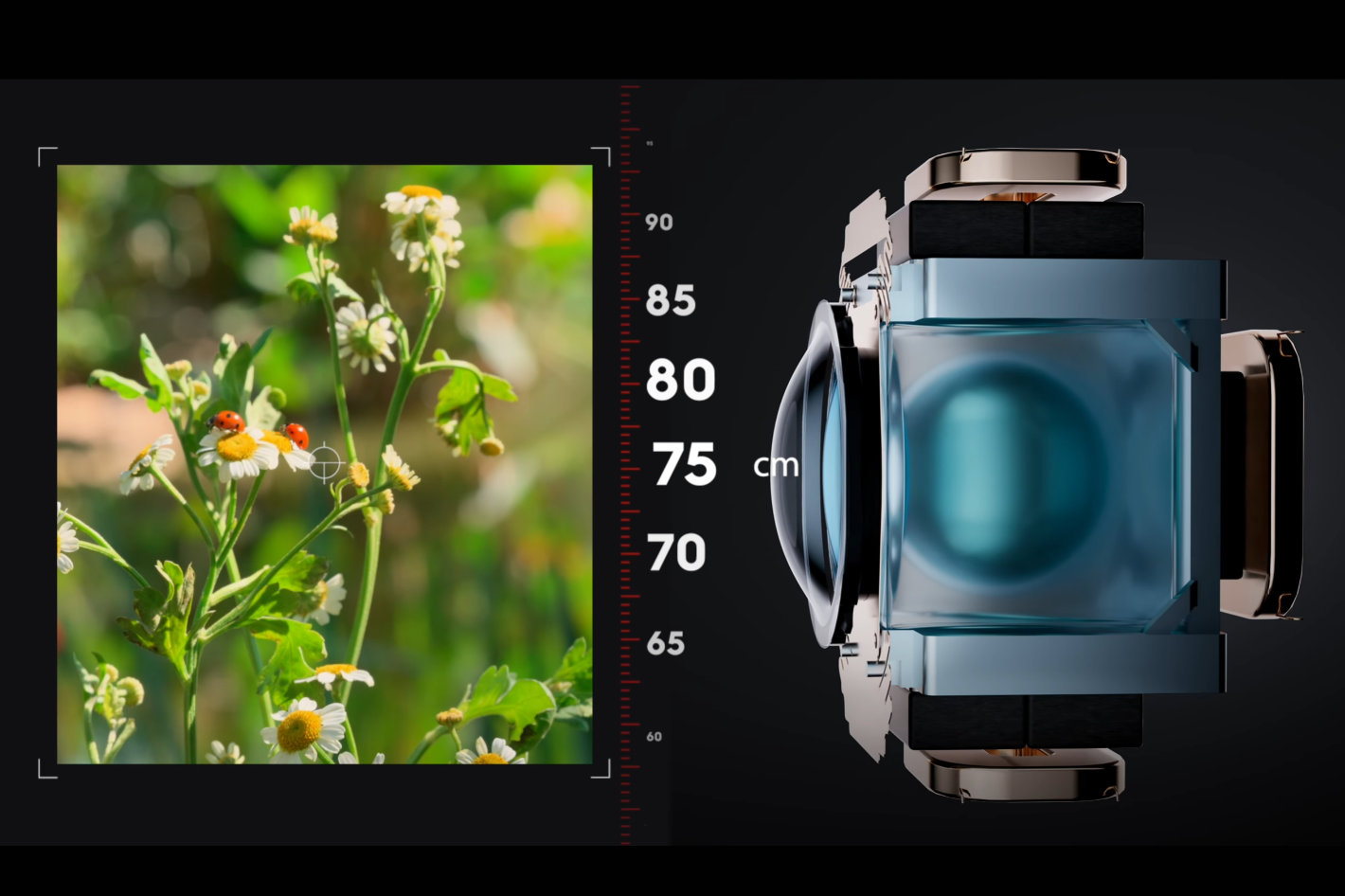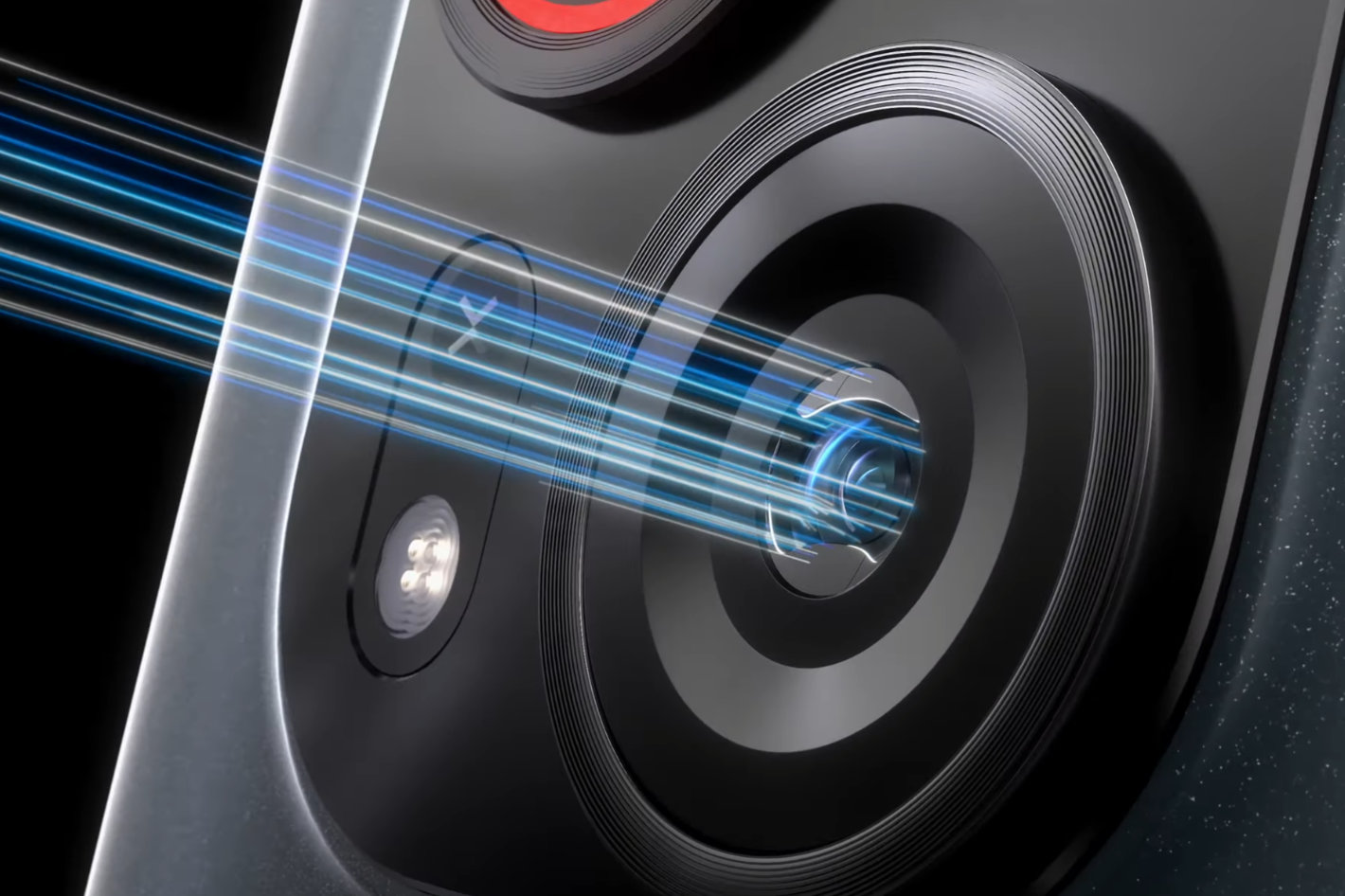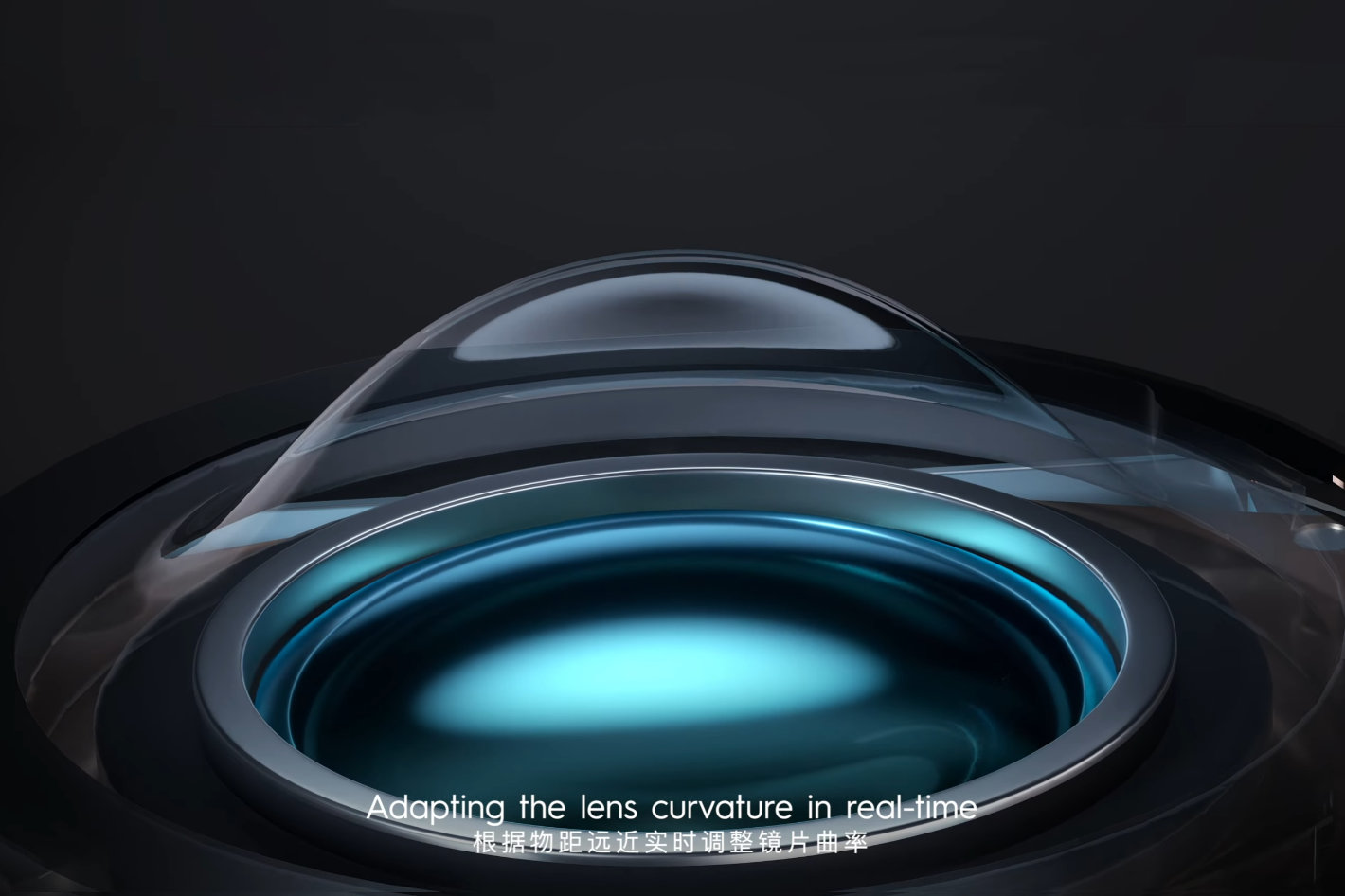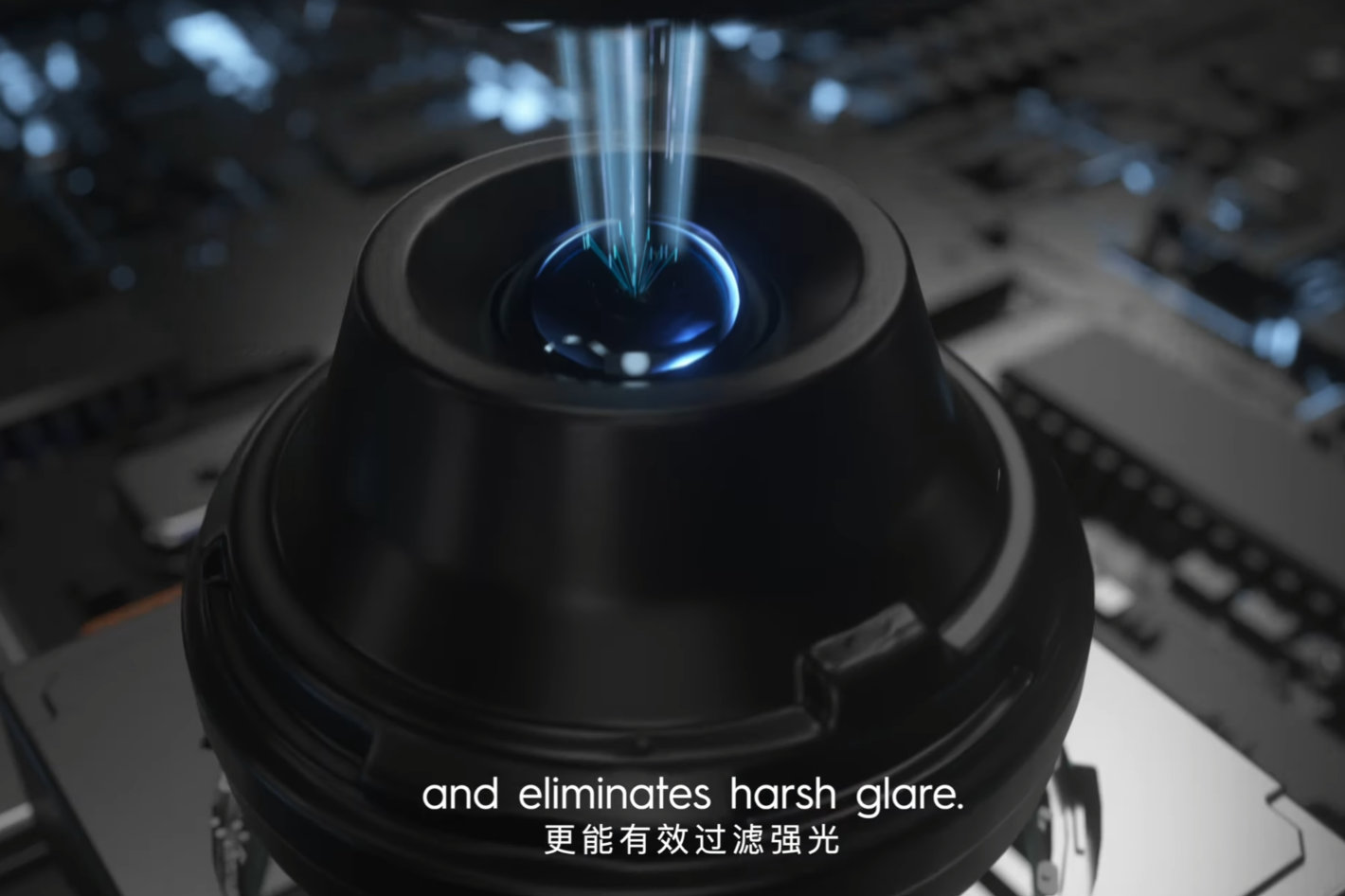TECNO: Adjustable Aperture And Liquid Macro Lens For Smartphones
 During the Future Lens 2023 event in Shanghai, TECNO introduced two new technologies for Android smartphones: Variable Physical Aperture and Liquid Telephoto Macro Lens.
During the Future Lens 2023 event in Shanghai, TECNO introduced two new technologies for Android smartphones: Variable Physical Aperture and Liquid Telephoto Macro Lens.
While not all of the new announcements made by smartphone companies actually make it to the smartphone market, there's no doubt that some of these promising technologies ensure that the majority of development now happens on small smart devices. We may be waiting for something like the 85-200mm continuous zoom that Oppo promises in 2021, but there's no doubt that research investment in smartphone cameras is increasing. TECNO may not be known to most people, but the company has been innovating and some of its offerings and promises have been explained above.
We recently introduced TECNO's Universal Tone to the ProVideo Coalition, which promises better smartphone imaging capabilities... whatever your skin tone, surpassing Google Real Tone in terms of skin tone reproduction. The company has now shared the same technology at its Future Lens 2023 event in Shanghai, where it unveiled two cutting-edge technologies that aim to solve some of the problems with the small cameras used in smartphones.
During the event, TECNO introduced and demonstrated three new imaging technologies for next year: adjustable and interchangeable W-shaped physical aperture; The industry's first liquid macro telephoto lens; And a solution has been launched to create universal color images with different skin colors based on PVC AI. Future Lens 2023 also featured engaging discussions and panel discussions with leading representatives from TECNO, Sony and amateur photographers, highlighting the value of the event as a platform for exchanging views and experiences across the world of imaging.
 Troubleshoot your smartphone
Troubleshoot your smartphone
According to the company, with three new technologies, TECNO “addresses the main challenges of smartphone imaging: using bionic vision to optimize light and shadow, using technological innovation to reveal the beauty of the combination of multi-camera and lens shapes of mobile phones, and multi-layer inclusive processing. This technology delivers images that could revolutionize the future of smartphone imaging."
Smartphone lenses have a fixed aperture and some exceptions (modern Sony, Xiaomi and Huawei smartphones) have a limited range: from f/1.4 or smaller to f/4. Sometimes this feels more like marketing than anything useful, especially if you're using a regular camera and a lens with an aperture range from f/1.2 to f/32 and beyond.
However, TECNO's approach is different as it uses... an "adjustable W-shaped physical aperture" which is used to adjust bright backlight conditions. The company said that "the industry has consistently prioritized addressing challenges related to lighting conditions. TECNO has developed a solution that uses bionic vision to solve the problems caused by strong backlight in traditional fixed-aperture smartphone cameras."
According to TECNO, “The new W-shaped adjustable physical aperture technology means users no longer have to compromise or choose between detailed objects and beautiful backgrounds. This patented technology allows users to manually adjust the camera's aperture, precisely control light and eliminate harsh reflections to produce balanced shots. This revolutionary innovation ensures that TECNO smartphone cameras can easily cope with challenging lighting conditions, producing stunning images, whatever the conditions.”
 Liquid telephoto macro lens for smartphone
Liquid telephoto macro lens for smartphone
If this is true, we can expect to soon see “techno smartphone cameras” on the market that can “handle challenging lighting conditions with ease, capturing stunning images no matter the conditions.” If, as TECNO said at its Future Lens 2023 event, three new imaging technologies are coming next year, can we expect to see them on our next smartphone? If so, come on in to get your review copy and check it out…
The second technology unveiled at the event was an industry first – a “liquid macro telephoto lens” for smartphones. Liquid lenses are nothing new, although to my knowledge they have never been used in the lenses we carry in our camera bags. In 2011, Olympus announced that it was working on "liquid lenses", as did the companies Sony and Samsung, but neither company's products entered the photography market. For those who forget, Samsung was a camera maker in 2011, signing a deal with Pentax in 2005 to make digital SLR cameras, a profitable and fast-growing market...
Liquid lenses are already used in demanding industrial environments where reliable, precise, fast and durable lenses are required. An example is Corning's varioptic lens, which is based on the principle of electrical wetting, where the boundary between two fluids changes when a voltage is applied. This eliminates moving parts, providing a unique competitive advantage in the market and enabling rapid focus.
Corning, a name you may know from the Corning Gorilla Glass in your smartphone, is one company that has made several innovations in this area. Although unrelated to photography, the company published an interesting paper in May 2023, “Revealing New Perspectives in Liquid Lens Microscopy,” which explains how the use of liquid lenses can significantly improve the imaging capabilities of microscopic devices regardless of their volume, cost, and reliability. limitations. traditional system.
 Sony, TECNO and the joy of creating images from smartphones
Sony, TECNO and the joy of creating images from smartphones
Let's go back to techno and the new liquid macro lenses. The company claims that "liquid lens technology in smartphone cameras offers photographers benefits such as increased focusing speed and flexible zoom." However, the new and revolutionary Techno Liquid Macro Telephoto Lens is the first application of this technology in a periscope telephoto lens for a smartphone.
According to TECNO, to achieve 5cm macro focus on a traditional periscope telephoto lens, the motor drive had to be increased, which means the overall length of the module was also increased, making it difficult to create a thin and light design. complete device. . . The traditional lens is divided into two parts, and the usual solution is to use a motor to move one part to take macro images at a distance of 5 cm, but this method has poor performance and is expensive. Another option for taking long focal length macro shots is an internal focusing solution. The Techno Liquid telephoto macro lens takes a different approach by using tension to control the curvature of the lens. This innovative technique allows TECNO smartphone cameras to maintain a compact form factor by dynamically adapting the lens curvature in real-time. As a result, thanks to the integration of a large sensor, it accurately captures even the smallest details.
Techno Future Lens 2023 provides a valuable platform for engagement, third-party industry knowledge, media relations, and more. In addition to showcasing three of TECNO's cutting-edge technologies, three expert speakers participated in an engaging panel discussion, sharing views on the ongoing evolution of mobile imaging from both a customer perspective and the future.
Jun Zhang, director of Sony Semiconductor Solutions (Shanghai) talks about how Sony continues to improve image sensor technology and the value of collaboration with smartphone manufacturers. He said: "To achieve the best results, our image sensors need to coordinate closely with smartphone manufacturers. Only by communicating with smartphone manufacturers' engineers will Sony be able to develop more advanced image sensors. Therefore, we hope to continue our collaboration with TECNO in the future and We look forward to working together to bring the joy of mobile imaging to more customers around the world.”
Nigel Atherton, Editor-in-Chief of Amateur Photographer, a leading UK photography platform, talks about the challenges smartphone users face when taking pictures and how the ever-evolving capabilities of smartphone camera technology, particularly TECNO's latest innovations, provide even more benefits. Imaging standards.
Cinema Tools
The director's go to destination for preproduction, production, and postproduction equipment!
why now

